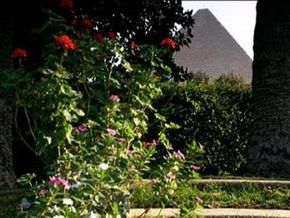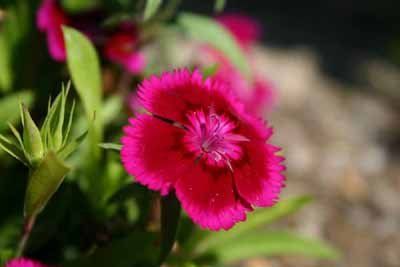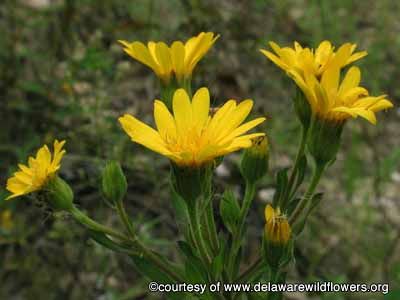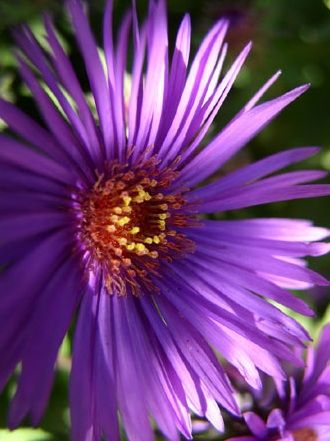Aster comes from the Greek word for star, and aster flowers are indeed star-like: They have a sunny yellow center surrounded by many thin, colorful petals. They come in many hues, ranging from white through the varieties of pink, red, blue, and purple. There are also many sizes of aster, from miniatures to varieties tall enough to need staking. There are over 250 species of aster out there, so you have only to choose a favorite: They are sure to bring a splash of color to any garden or vase.
Asters are perennials, meaning that they keep growing from year to year. In sunny conditions they propagate rapidly and every few years you may need to thin them out by dividing the plants -- give the extras to your neighbors, or plant them yourself to spread their cheer throughout your yard. Asters do best in moist soil, so they may need to be watered regularly if you live in an area with little rain. They'll generally thrive in zones 3 through 9 of the United States Department of Agriculture's (USDA) hardiness zone map.
Advertisement
Asters aren't just a favorite with people; many types of butterflies are attracted to asters, as well. Planting them may bring a further level of winged beauty to your garden. The leaves, on the other hand, are an effective protection against snakes; just burn up a handful of aster leaves to deter serpents.
Asters are the flower that customarily symbolizes a 20th wedding anniversary; they’re also the birth flower for those born in September [source: Telaflora]. Among the most popular varieties of aster are:
- California aster (Aster chilensis)
- Eaton's aster (Aster eatonii)
- Goldilocks aster (Aster linosyris)
- Italian aster (Aster amellus)
- Oregon aster (Aster oregonensis)
- White Wood aster (Aster divaricatus) [sources: Botanica's Pocket Annuals & Perennials; Lamb, Chambers and Allen].
Advertisement



